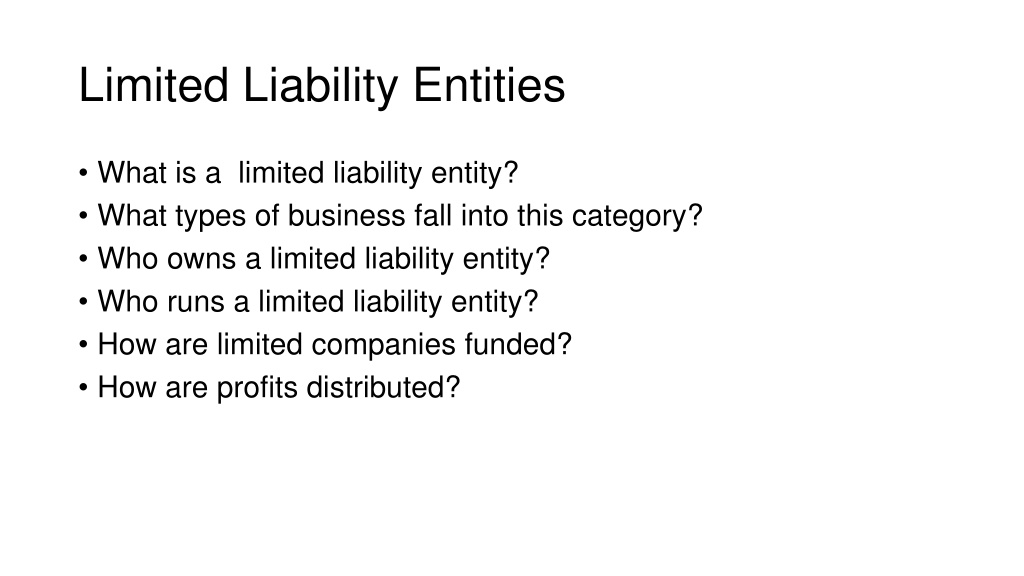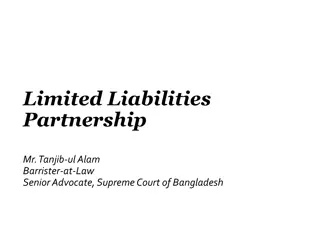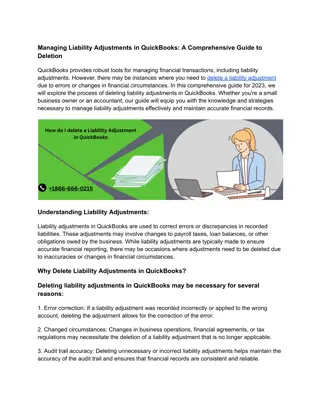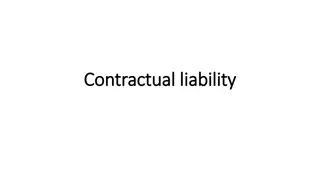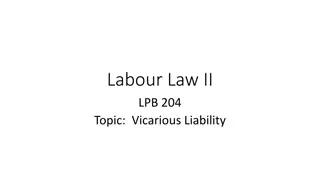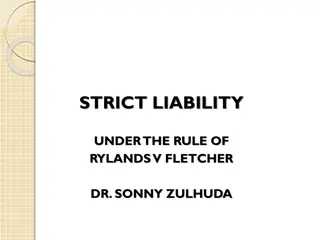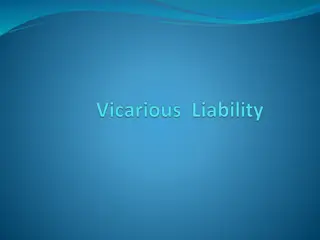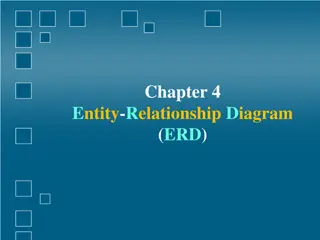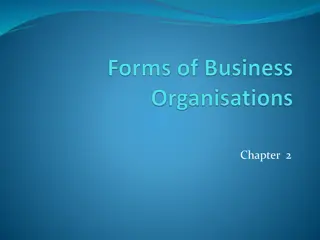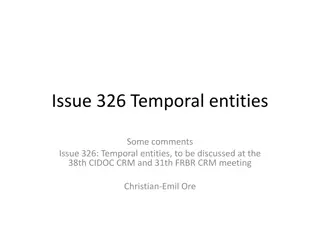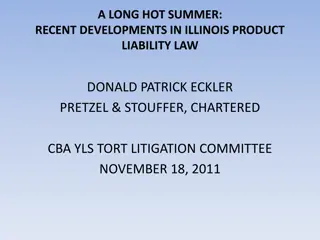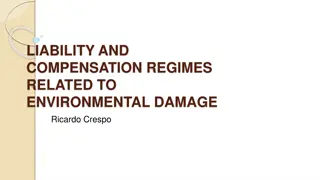Limited Liability Entities
Limited liability entities offer protection to owners' personal assets, encompassing various business types. Owners of limited liability entities may differ based on the structure. These entities are typically managed by appointed executives or members. Funding for limited companies can come from share capital or loans. Profits are distributed based on ownership stakes or as per agreements within the entity.
Download Presentation

Please find below an Image/Link to download the presentation.
The content on the website is provided AS IS for your information and personal use only. It may not be sold, licensed, or shared on other websites without obtaining consent from the author.If you encounter any issues during the download, it is possible that the publisher has removed the file from their server.
You are allowed to download the files provided on this website for personal or commercial use, subject to the condition that they are used lawfully. All files are the property of their respective owners.
The content on the website is provided AS IS for your information and personal use only. It may not be sold, licensed, or shared on other websites without obtaining consent from the author.
E N D
Presentation Transcript
Limited Liability Entities What is a limited liability entity? What types of business fall into this category? Who owns a limited liability entity? Who runs a limited liability entity? How are limited companies funded? How are profits distributed?
Bookkeeping entries - shares Shares in a simple company the issue of shares will simply debit the bank and credit the ordinary share account the company issues 400 1 shares, the money for which is paid into the bank Bank Account Dr Cr Balance Ordinary share capital 400 400 Dr Ordinary Share Capital Account Dr Cr Balance Ordinary share capital 400 400 Cr Opening Balance Sheet Current Assets Bank 400 Financed by Share Capital 400
Bookkeeping entries - shares Shares will have a face or par value. If shares are issued at a rate that is higher then the face value then the additional income will credit a share premium account Bank Account Dr Cr Balance Ordinary share capital 400 400 Dr Ordinary share capital 75 475 Dr Ordinary Share Capital Account Dr Cr Balance Bank 400 400 Cr Bank 50 450 Cr Share Premium Account Account Dr Cr Balance Bank 25 25 Cr
Revenue and capital income and expenditure Entries such as sales, purchases, overheads and the acquisition of assets etc will be the same as those for any other business you have already met Funds taken out by directors will be debited to a director s loan account Funds paid in by directors that are not linked to the issue of shares will be credited to a director s loan account Salaries of directors - are treated in exactly the same way as the salaries of any other employee they appear in the expenses section of the account (although they should be shown separately from non-director employees) and the title is often called Directors Remuneration. They are subject to the deduction of PAYE and NICs in the same way as any other employee
Final Accounts There are two distinct formats of the final accounts of limited companies - published and management. The former is used to report profits via HMRC and Companies House (covered at Level 4) Management accounts are drawn up purely for internal use and can be drafted in any way management desires and are what constitutes the bulk of this unit for ICB. The profit and loss account for a limited company is very similar to that of a sole trader or a partnership until the net profit stage. Once the final net profit has been calculated, it is treated differently to profit made by a sole trader or partnership. In those cases the profits are taken out in the form of drawings and, after an appropriations (for a partnership) any balance left is transferred to the capital (or current) account(s) of the owner(s). Any taxation due on the profit is paid personally by the owner of the business via a personal tax return. However, with a limited company, any profits made are subject to Corporation Tax. Corporation Tax (if applicable) is calculated as a percentage of the final net profit and this is paid for by the company and not by the shareholders.
The Appropriation Account The Appropriation Account is a continuation of the profit and loss account and although contains different entries to the appropriation account of a partnership, it has a similar function in that it is used to indicate the manner in which the net profit has been allocated, one allocation of which may be corporation tax, which at this stage is likely to be a provisional amount (calculated as an estimate until the final amount is known). The following items will appear in the Appropriation Account Provision for Corporation Tax Transfers to reserves Revenue reserves Capital reserves Revaluation reserves Dividends
The Appropriation Account Company A Ltd Appropriation Account for the year ended 31 December 201X Net profit for the year Less Provision for Corporation Tax Transfer to General reserve Revaluation reserve Proposed Dividend 148,000 28,000 16,000 50,000 19,200 113,200 4,800 Profits carried forward
The Balance Sheet Company A Ltd Balance Sheet as at 31 December 201X Fixed Assets 88,000 Current assets Bank Debtors 24,800 15,600 40,400 Current Liabilities Creditors Provision for Corporation tax Provision for dividends 10,000 28,000 19,200 (57,200) (16,800) 71,200 Share capital General reserve Revaluation Reserve Profit and Loss 400 16,000 50,000 4,800 71,200
